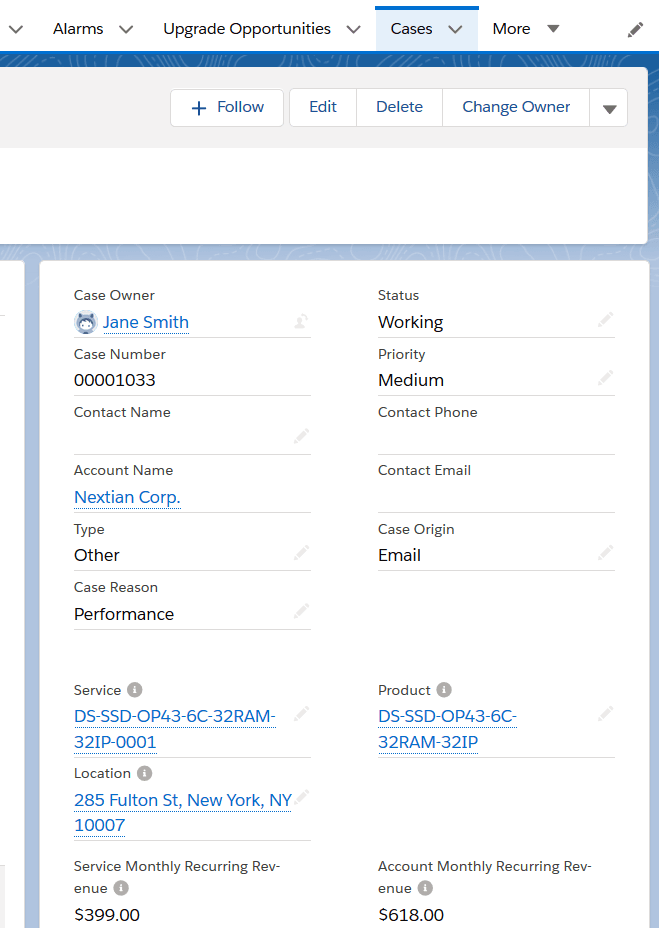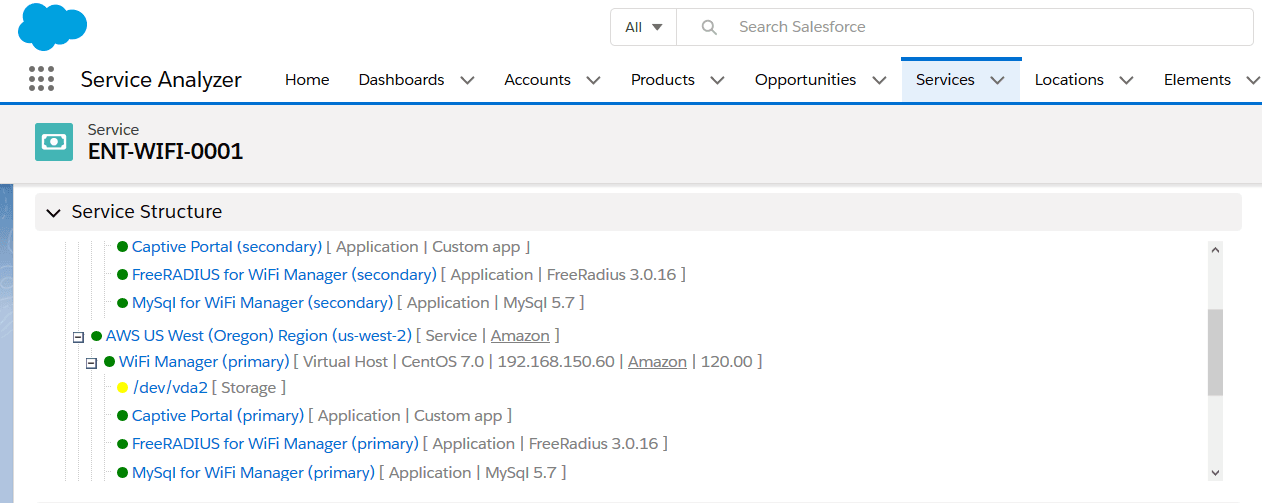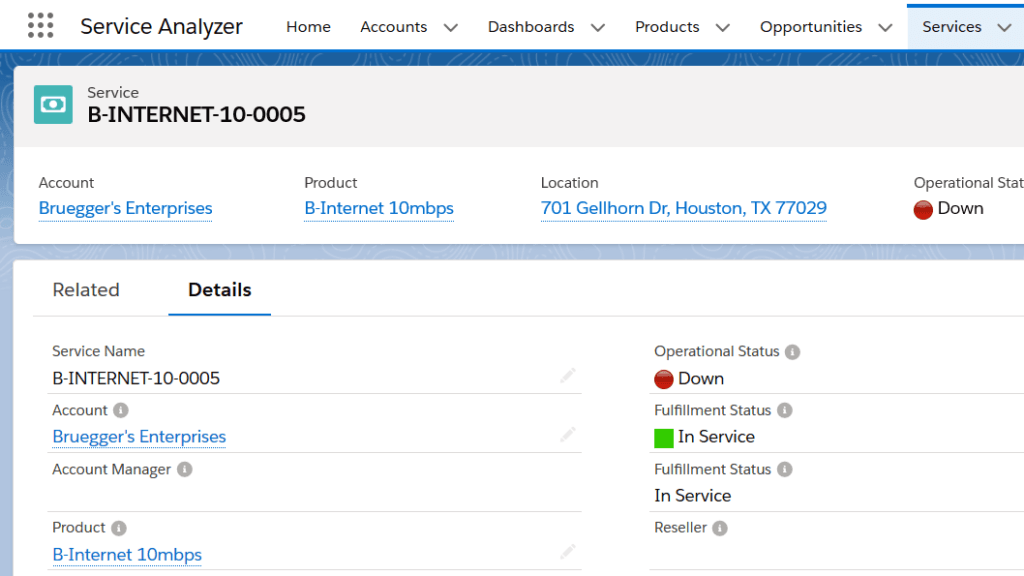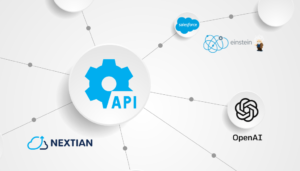Simplifying Trouble Ticketing Automation with Nextian
Cloud and communications providers offering services like Internet access, colocation, servers, or SaaS often implement trouble ticketing automation based on the state of a service. If a service is detected to be ‘down’ for a certain period, a ticket is automatically opened in the customer support system. When the service is restored, the ticket is auto-closed.
Implementing trouble ticketing automation requires orchestration of at least three systems:
- Network Monitoring: This is where problems are detected (IP address not responding, low available storage, high CPU usage, etc.).
- Ticketing / Customer Support: A ticket is opened here when a “down” condition is detected.
- Service Inventory: This system correlates network monitoring information with service data, such as customer accounts and contact details.
For simple services like internet access, the process is straightforward (e.g., monitoring one customer-premises router with a single WAN port and public IP address, mapped to one customer and one service). However, it becomes significantly more complex for services like SD-WAN or SaaS, which involve numerous interconnected components such as multiple network interfaces, CPU usage, storage metrics, and more.
Nextian automates outage detection and resolution process for improved customer experience and effective allocation of support resources.
This post explores challenges involved in implementing trouble ticketing automation for complex services and how Nextian simplifies and accelerates the process.
Bringing Information Together
Nextian integrates account, service inventory, and monitoring information directly into the CRM:
- Accounts and contacts necessary for ticket creation and customer notification.
- Customer services inventory with contractual information (e.g., product, term, MRR) as well as physical elements making up each service and dependencies (e.g., routers, ports, servers, storage, etc.).
- Elements operational information such as status (up, down, warning), alarms, availability statistics, performance metrics and others.
All this information is available directly in Salesforce. This streamlines ticketing automation by ensuring all required information is readily accessible — except for the ticketing system itself. When Salesforce is also used for ticketing, 100% of the necessary information is available within a single system.

Element vs. Service Status
Nextian’s service operational status (Up, Warning, Down) is distinct from element status. For simple service types, such as Internet access with a single CPE (Customer Premises Equipment), monitoring only the availability of the CPE might seem sufficient, as it establishes a 1:1 relationship between the service and its dependent element. However, this approach overlooks other potential outages beyond the CPE (e.g., a core router failure) and limits the ability to perform root-cause analysis or create parent-child cases.
Nextian’s service status is derived from the statuses of individual elements, their dependencies, and their roles in service delivery:

To illustrate how Nextian works, consider the following scenarios:
- SD-WAN Service: A service could be in a Down or Warning status if the primary circuit is down and data is being transmitted over LTE. This issue might go unnoticed by the end user until LTE charges appear on their bill.
- Hosted Virtual or Physical Server: While the server itself may be operational (Up status), a saturated connection to the data center could result in a Warning status for the service.

Service-Based Ticketing
Having service details, service status, and customer information within a single system simplifies the implementation of advanced automation scenarios compared to setups where network monitoring, ticketing, and CRM systems are separate.
Additionally, it enables ticketing to be service-centric — that is, tickets are opened against customer services rather than individual elements — making the entire process easily manageable internally, and comprehensible for end-customers.
Nextian supports the following scenarios out of the box (for external ticketing systems, these scenarios are still supported, but an additional integration point is required):
| Scenario | Description |
| Automated case opened based on service operational status | Automatically open a case/ticket when a service is down due to failure of one or more underlying element. Notify support team, customer, account manager or even service reseller. Case immediately visible for account managers underneath the CRM account. |
| Automated case closure based on service operational status | Automatically close a case when service is back on-line. Implement complex closure flows (e.g., ticket close after a timeout to handle intermittent problems). Notify support team, customer, account manager or even service reseller. |
| Bulk ticket create/close | When a single element impacts multiple services, corresponding cases can be opened in bulk. The cases can also be closed in bulk, when offending element becomes operational again. |
| Routing/triage based on service, customer, reseller and other information | Cases can be classified based on:
|
| Notifications and escalations | Advanced notifications and escalations including account managers, service contacts or even resellers. |
Conclusions
Consolidating customer, service, element, operational status, and case/ticket information within the CRM significantly simplifies the implementation of ticketing automation scenarios.
This consolidation not only streamlines implementation processes but also empowers account management teams to engage more effectively — whether by staying informed or proactively reaching out to customers — ultimately improving the overall customer experience.
Nextian has a proven track record of implementing automated ticketing scenarios both as part of our product and service offerings.
Contact us today to find out how we can help you!






